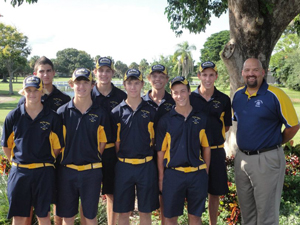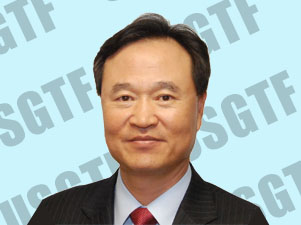In Middle Tennessee
Transition is a desirable state for many in the workforce. Many individuals are unhappy in their current state. They would like a higher paying job or just a more gratifying job. Some are fortunate enough to make that leap, while others have too many obligations to even think about making a change, despite being miserable at work.
Joe Moglia was one of the fortunate ones. He began his career as an assistant college football coach. He loved his job. But, he was only making $33,000 at the time and needed to feed his growing family, and that salary was not enough. He left the coaching business to join the financial advising business. With his skills and great charisma, he rose to the top of his game. Eventually, he became CEO of TD Ameritrade and a very wealthy man. Wealth did not motivate Joe. Football did.
Because he was then financially secure, he transitioned his way back into coaching. A few years ago, he started as a volunteer assistant coach for Nebraska. Currently, he is head football coach at Coastal Carolina University. Joe now does what he always wanted to do for a living – coach football.
However, most stories are not as happy as Joe’s. Perhaps you and want to make a leap into being a full-time golf instructor, but are fearful to make the transition. You don’t think you can swing it financially. You have a mortgage and children who need college tuition. You feel stuck. Transition to a happier place does not seem fiscally possible.
Career transition coach Kevin McNulty (and a friend of mine) has a plan for you. He recommends having a split personality in your dream job pursuits. In actuality, Kevin says that you must put food on the table, so one personality needs to act responsibly and hold down the current job.
But, the alter ego needs to actively pursue the dream job – in your case, being a full time golf instructor. Kevin recommends devising a plan to move in your dream job’s direction. Perhaps you need to get a mentor, or join a mastermind group who can give you some great business advice.
The first step is to create a plan with clear strategies that will allow you to make that career leap into being a full-time golf instructor. Kevin advises making a six-month fiscal plan. You need to put enough money away so that when you decide to make a leap, you need not work for almost six months. This is your safety net in case your new direction does not pan out on a full-time basis. It will also reduce your fear of making that jump into the unknown.
As with nature, our life is composed of seasons. With advanced planning, you can make your transition a season of joy and not a season of discontent.






